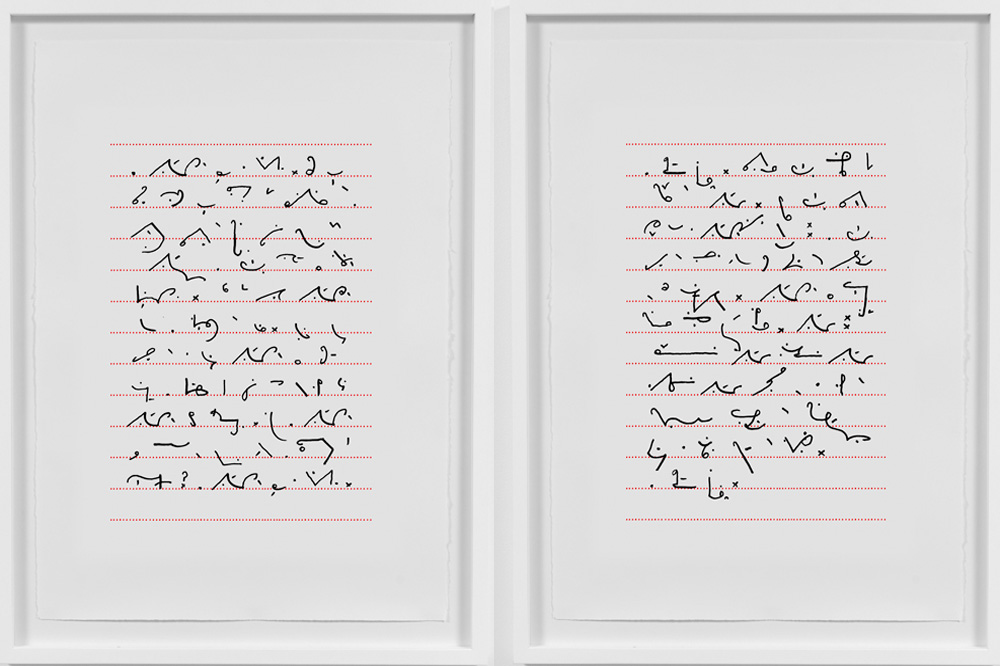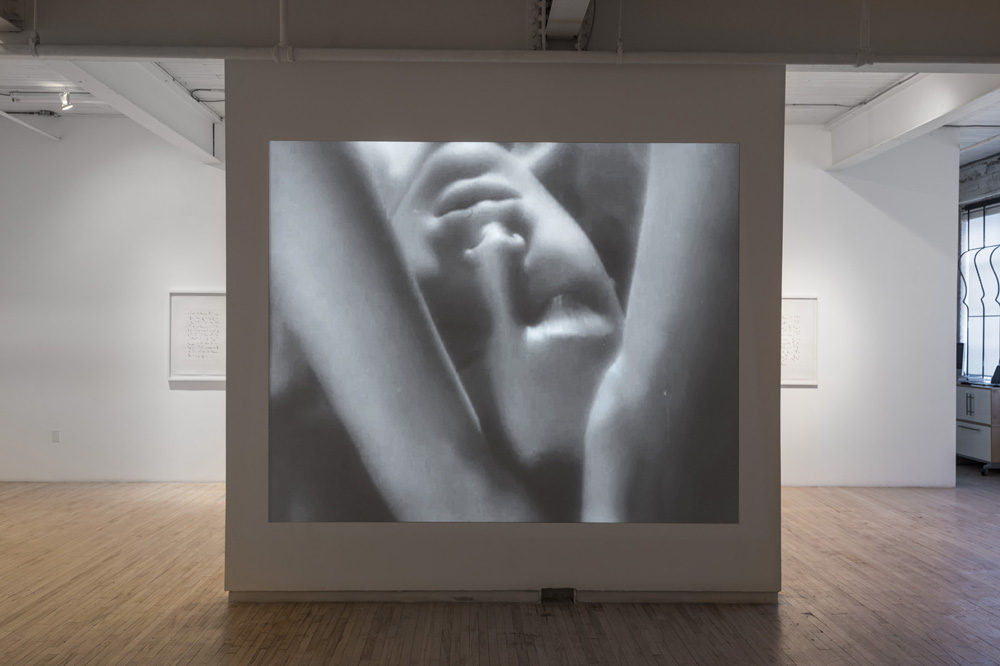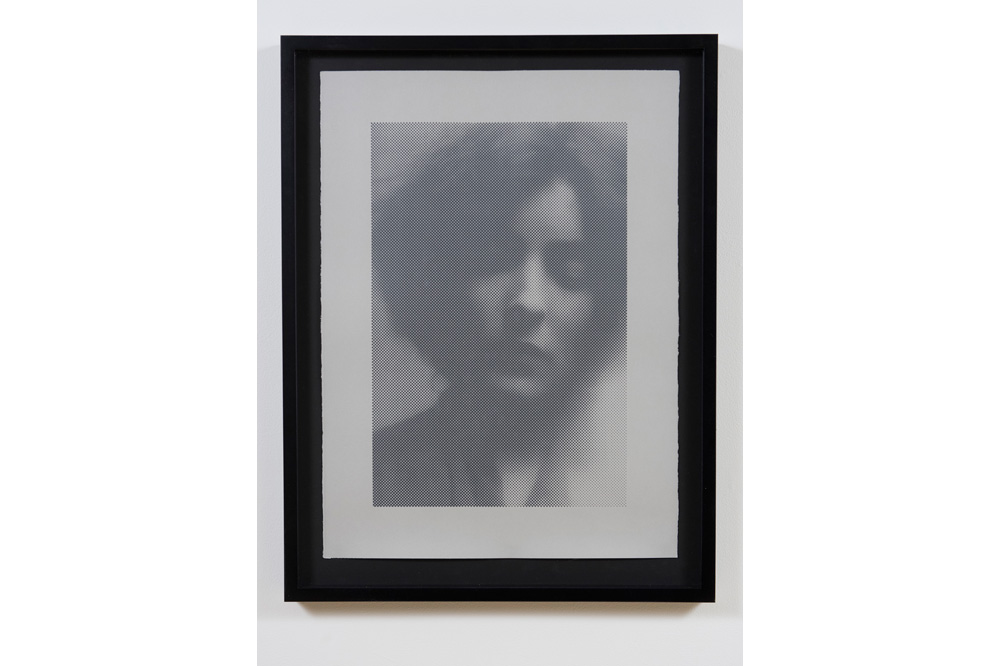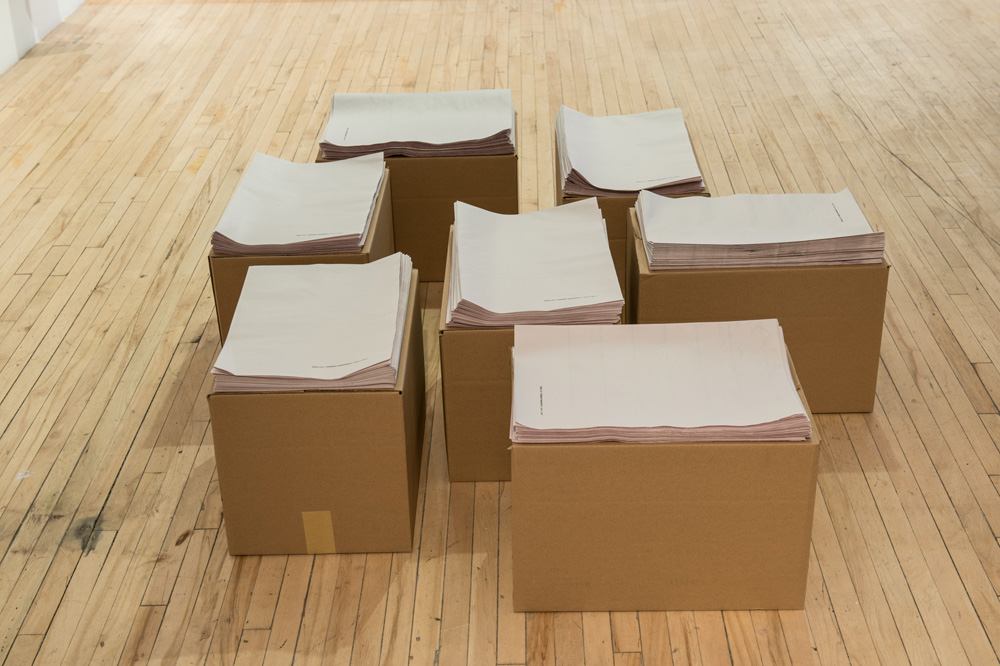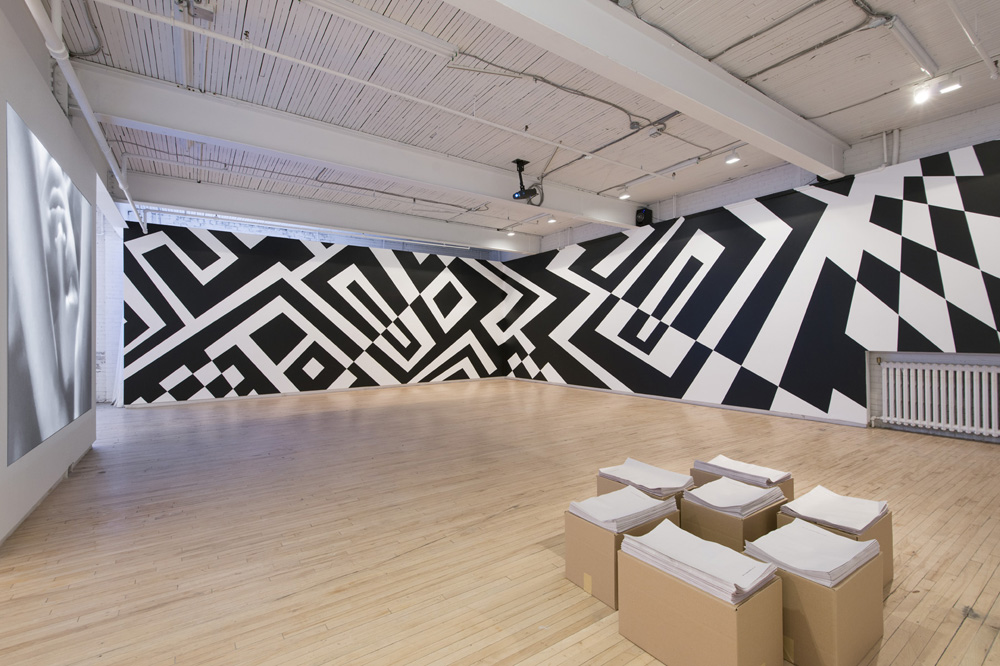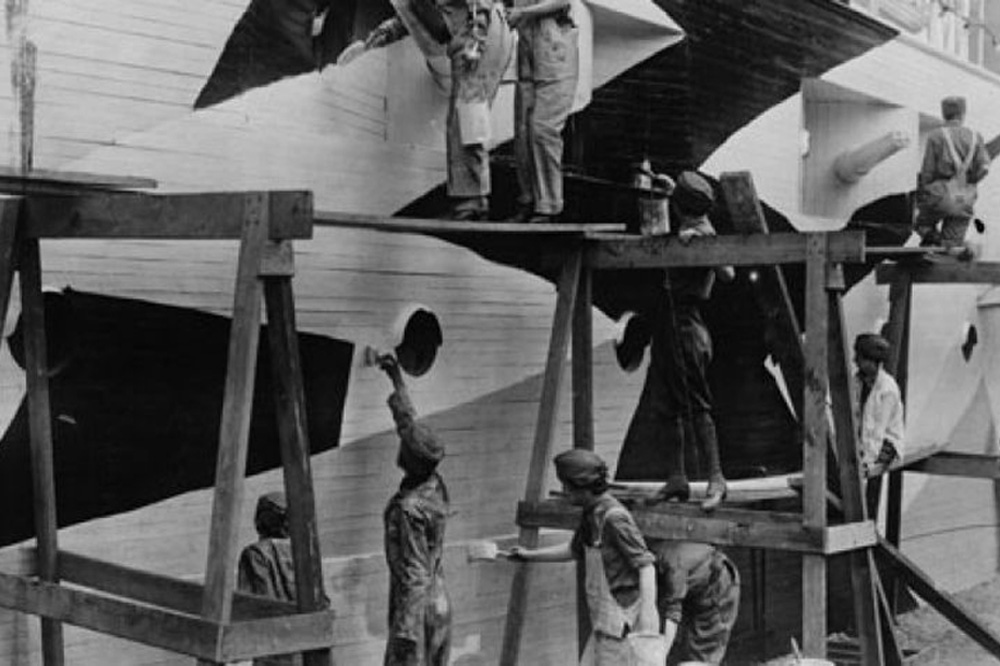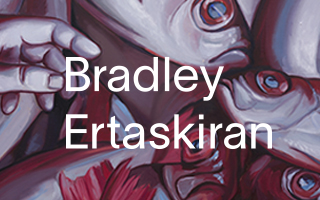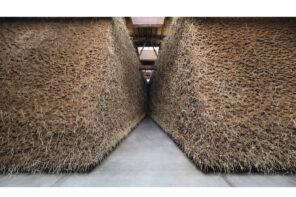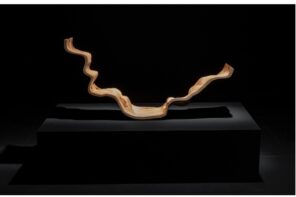Kathleen Ritter is an artist. This may come as a surprise to some who knew her better as associate curator at the Vancouver Art Gallery, a post she left two years ago.
But should it be surprising that an established curator would also make art? Who would be more familiar with how art-making works than someone who spends their professional life doing studio visits, talking to artists, and coordinating exhibitions? Curators are already often discussed as meta-artists – an originary and iconic example being Lucy Lippard. Writing about an exhibition that Lippard curated in 1969, Peter Plagens remarked that, “There is a total style to the show, a style so pervasive as to suggest that Lucy Lippard is in fact the artist and that her medium is other artists.”
A complex of factors, not least the rising status accorded to the professional curator since the 1990s, has contributed to the “curatorialization” of art practice itself. The job description of many artists, especially those indebted to the tradition of conceptual or post-studio art, is often indistinguishable from that of a curator: they select, organize, and find ways of displaying various kinds of objects and information; they hire or collaborate with performers, fabricators, technicians, and other artists; they manage projects.
Nevertheless, while it’s common for an artist to teach, write criticism, and curate exhibitions, it remains far rarer for the exchange of hats to go the other way – there’s an implicit prohibition, for those primarily identified as curators, critics, or academics, against crossing over into actual art production. Given that the idea of being “primarily identified” by a single profession is on the wane, perhaps this prejudice is losing its force as well.
This conjecture is a bit unfair in Kathleen Ritter’s case, anyway. As it happens, she wasn’t initially trained in an art history department or a curatorial studies program, but in studio art. Between her BFA and MFA, she worked as Program Coordinator at Artspeak in Vancouver and, in 2007, she was hired at the Vancouver Art Gallery (VAG). She worked there until 2012, curating well-regarded exhibitions such as the Vancouver survey How Soon Is Now, the important indigenous-contemporary show Beat Nation: Art, Hip Hop and Aboriginal Culture (with Tania Willard), and Rebecca Belmore: Rising to the Occasion (with Daina Augaitis), in addition to a number of offsite projects.
During that time, Ritter continued to make and exhibit her own art, though with a fairly low profile, and Camoufleurs is, by all appearances, her first solo commercial show. (Battat Contemporary is not its first venue, however – Toronto’s G Gallery hosted an earlier iteration in September of 2014.) As an exhibition, it is impressive but also a bit frustrating, and for the same reason: it feels so curatorial.
The exhibition’s title derives from the rather poetic name given to designers and fabricators of camouflage for military purposes, especially during the First World War – many of whom were women. An archival photo of the Women’s Camouflage Corps at work in 1918 (displayed in the gallery as a print with a caption from the Western Newspaper Union Photo Service) serves as a jumping-off point for the various associative connections that Ritter draws between camouflage and encryption, war, feminism, and avant-garde art in the first half of the twentieth century.
In the photo, a group of women in uniform are applying dazzle camouflage to a grounded battleship at a recruiting station. As a method of disguise, “dazzle camo” or “razzle dazzle,” as it was also called (incidentally also referenced in Karen Kraven’s recent Montreal exhibition), is unusual in that it didn’t aim to hide targets, but to confuse enemy gunners, though its effectiveness was doubtful. Dazzle camo may actually have been of greater value to artists than to marines – Picasso famously claimed that Cubists were its true inventors. For Camoufleurs, two of the gallery walls have been painted with a mural based on the pattern in Ritter’s archival photo. It Its function is partly decorative and partly referential – it dresses up the space while acting as a stand-in for an interesting story that lies outside the artwork itself.
This mode of production is evident in the other works in the show, as well: Ritter’s primary material is the information, stories, and characters that her works cross-reference. Camofleurs’ two central figures are Hedy Lamarr and Mina Loy, both of whom had exceptionally fascinating lives. Lamarr was a famous Hollywood actress in the 1940s, but her breakout role before her move to America was in the Czech film Ecstasy (1933), infamous for being the first film to depict both sexual intercourse and the female orgasm, though both were represented solely through the facial expressions of the actress then known as Hedy Keisler. This is juicy, of course, but it’s of interest to Ritter’s show because Hedy Lamarr was also an inventor who, along with avant-garde composer George Antheil (her neighbor), invented a form of encryption meant for torpedo guidance during World War II. Though not used by the navy at the time, their innovation of “frequency hopping” eventually became the basis for wireless communication technology.
Ritter pays tribute to this history with her video Siren (2014), which loops a brief clip of Lamarr’s orgasm scene – a seductive, soft-focus shot of the actress’s face, her head thrown back and framed by the “V” of her outstretched arms – and sets it to a soundtrack of Antheil’s 1924 composition Ballet méchanique. At the moment of climax, the image scrambles to the sound of a hand-cranked siren. The video projection itself streams wirelessly from a hard drive in the gallery, though this implied connection with more contemporary concerns about encryption and cyber-security unfortunately remains undeveloped. What seems to interest Ritter more is the visibility (or lack thereof) of women in the history of art, war, and technology.
I should say that none of this backstory – including the fact that Lamarr’s work as an inventor was spurred, in part, by her creative dissatisfaction with the flimsiness of the sexpot roles in which she was cast – is evident within the video itself. Rather, Ritter’s works function mainly as prompts for the viewer to engage in further research. Viewed generously, this is itself a mode of encryption, a figure for the effort it takes to connect neglected histories across time. Mina Loy’s role in Ritter’s show reinforces this interpretation. Loy was a British poet, playwright, and novelist who, throughout her bohemian, picaresque life formed friendships and romantic relations with a number of the leading lights of modernism. She was an intimate of Gertrude Stein and Djuna Barnes, and briefly the lover of Futurist Filippo Marinetti, whose virulent misogyny and paeans to the beauty of war spurred her to write her own opposing Feminist Manifesto in 1914.
In a series of works, Ritter reimagines that manifesto translated into shorthand script, the almost-obsolete code used mainly by secretaries and reporters. The pictographic scrawls of Ritter’s version recall the urgency of the original, which is heavily punctuated with exclamation points, dashes, underlines, and enlarged type as it breathlessly promotes the sexual and political emancipation of women. Represented in Camoufleurs as a series of newsprint posters (free to take home) and framed prints, Ritter’s shorthand manifesto suggests a private language that could have been used to smuggle contraband ideas among women.
For Ritter to encode that text and put it in dialogue with Lamarr’s commoditised (and censored) sexuality as well as her involvement in encryption hints at the polymorphous ways that women’s bodies and ambitions have been concealed or suppressed, historically. Camouflage has been both a means to circumvent oppression and a means to enforce it. Camoufleurs, in this sense, is about women as ciphers whose historical invisibility or erasure renders their personalities and achievements merely decorative – hence Ritter’s fascination with patterns.
Another example of substance reduced to ornament is Loy’s manifesto, which is not actually readable within the exhibition (unless you know shorthand). It’s just a bunch of marks on paper. At what point, then, does Ritter pass from a consideration of cryptography to merely being cryptic? This brings us to the frustrating aspect of the show.
Along with the tendency of her works to point outside themselves at other bodies of information, this focus on ambiguity and opacity betrays Ritter’s curatorial sensibility. Even more than art practice itself, the discourse of curating has been saturated with a notion of aesthetic politics that enshrines ambiguity as a form of radicalism. While this can lead to a welcome questioning of received knowledge, it all too often tends towards allegedly political gestures that are exclusive, academic, or deliberately self-defeating. It’s hard not to slot into this category Ritter’s distribution of a manifesto that is both illegible and a century old.
As a theme, camouflage is almost too appropriate to conditions in which artists are expected to be oppositional at the same time as they have to avoid ruffling the feathers of their patrons. This issue is not confined to Ritter’s work – camouflage and encryption appear to be trending in the artworld. Indeed, it’s all but impossible to discuss Camoufleurs without comparing it to the (similarly curatorial) work of Charles Stankievech, in particular his exceptional and much more expansive exhibition CounterIntelligence, staged in early 2014 at the Justina M. Barnicke Gallery.
Surely it’s no coincidence that artists are suddenly interested in military history and tactical subterfuge at a time when the most bellicose federal administration in decades is actively rewriting Canadian history to emphasize patriotic military achievement? Militarism, surveillance, and cryptography are without a doubt relevant topics, but to what purpose are they being mobilized?
None of this speculation should take away from the legitimately fascinating, multilayered histories that Ritter has woven into Camoufleurs – particularly her recovery of neglected achievements by women. Nor, indeed, do I mean to detract from her record as a working curator – Beat Nation and Belmore’s Rising to the Occasion, in particular, testify to Ritter’s championing of some of Canada’s most powerful, activist-oriented art. What concerns me, however, is that prevailing intellectual tendencies in our curatorially-driven artworld tend to favor a form of “critique” that’s too vague, too recherché, and too precious to actually speak truth to power. The notion of camouflage suggests clandestine resistance, but I wonder if the artworld’s general attraction to coded language doesn’t simply reflect a preference for playing the double agent.
Thanks to Adam Lauder for sparking some of the ideas in this review.

